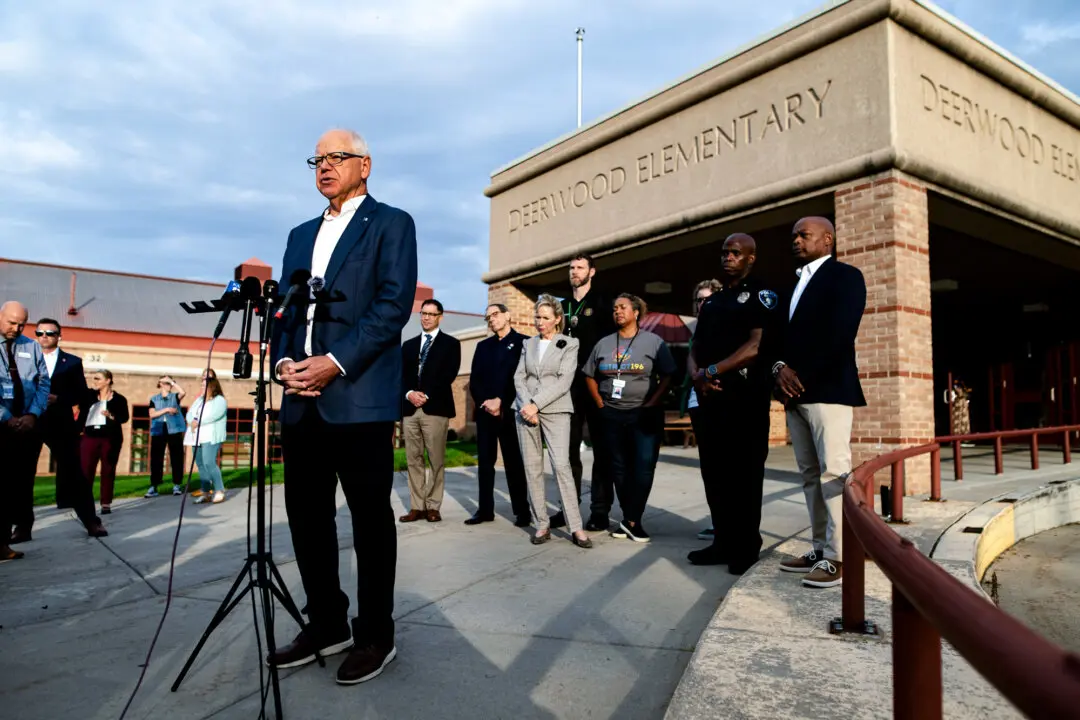In a bi-partisan showing, a bill designating 19 counties of Alabama’s Black Belt will become a National Heritage Area once signed by President Joe Biden—after the legislation was first introduced in 2009 by Alabama’s Republican Senators Richard Shelby and Jeff Sessions and in the House by Democrat Rep. Arthur Davis.
It was introduced in the House many times after the 111th Congress and now successfully by Rep. Terri Sewell (D-Ala.) and again in the Senate by Shelby and Sen. Tommy Tuberville (R.-Ala.)





